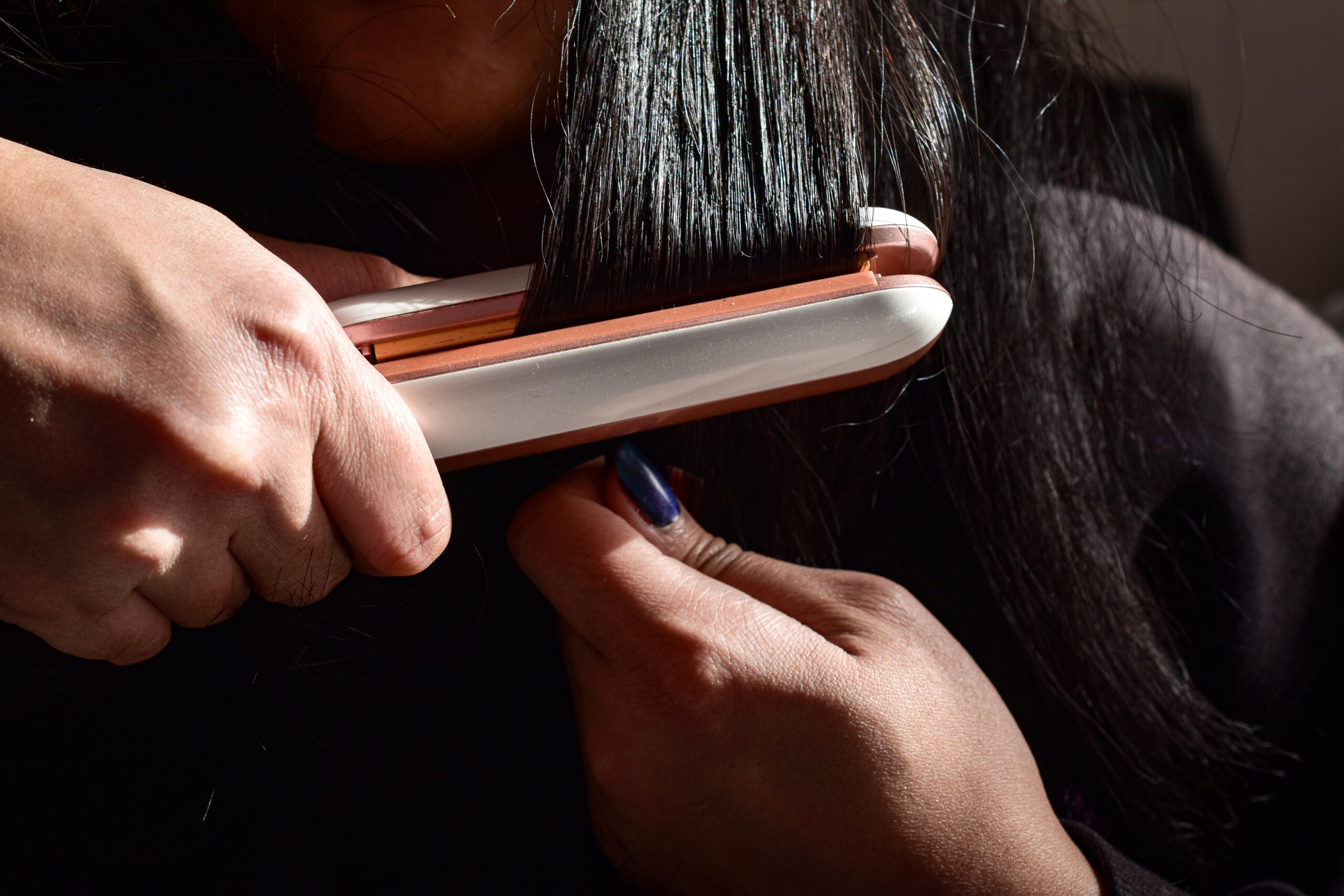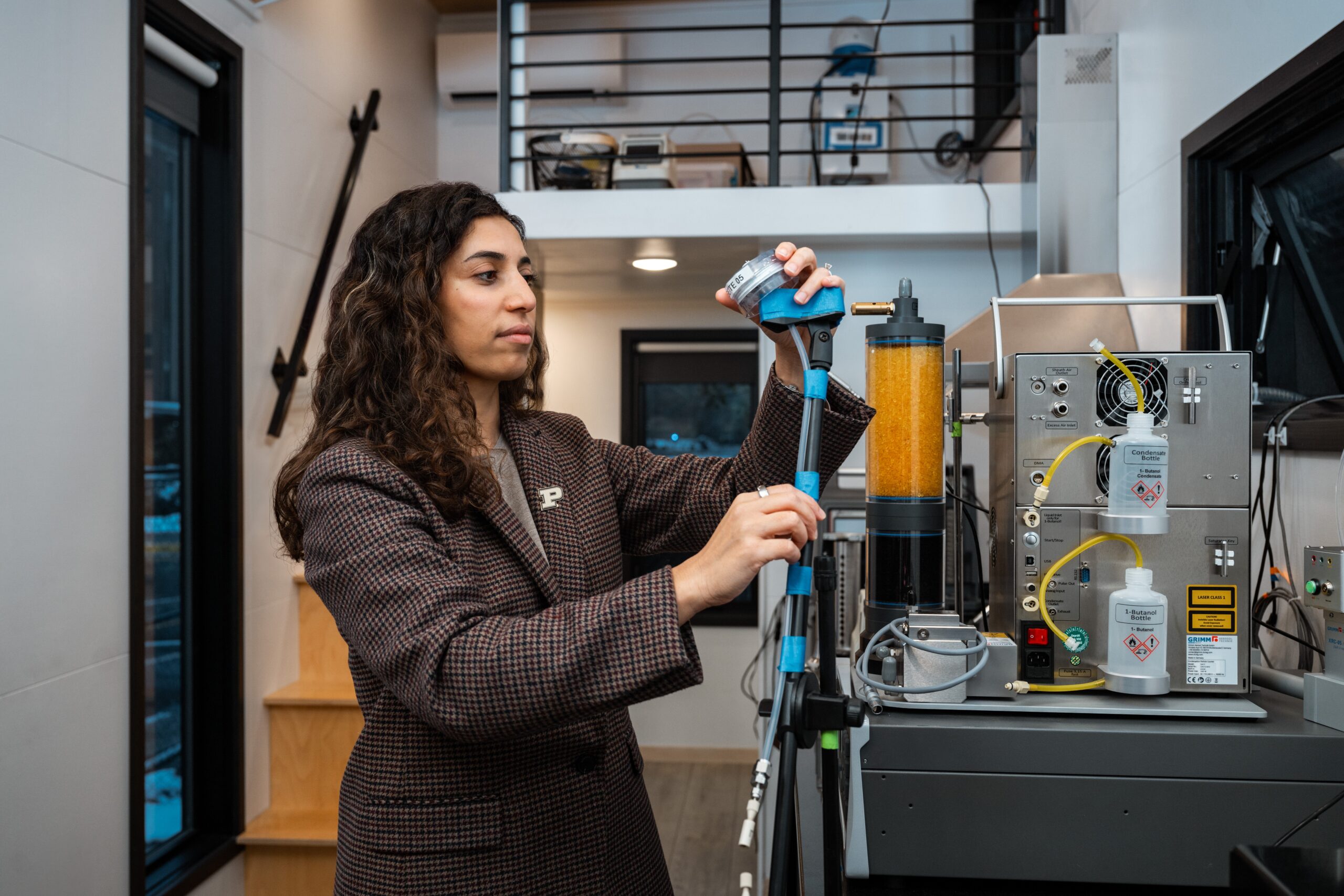Your morning hair routine might be exposing you to as much pollution as standing in dense traffic, research has suggested.
A study found heat-based hair styling, such as straightening, curling or blow drying, emits chemicals when used with hair creams, lotions and serums.
Researchers found that a 10- to 20-minute heat-based hair care routine exposes a person to upward of 10 billion nanoparticles that are directly deposited into the lungs – that’s the equivalent pollution of standing in motorway traffic.
These particles can lead to serious health risks such as respiratory stress, lung inflammation and cognitive decline.
“This is really quite concerning,” Nusrat Jung, an assistant professor in the Lyles School of Civil and Construction Engineering, said. “The number of nanoparticles inhaled from using typical, store-bought hair care products was far greater than we ever anticipated.”

She explained that until now, little was known about the potential health risks posed by an everyday haircare routine.
The study, published in the journal Environmental Science & Technology, asked participants to bring their own hair care products and styling tools to replicate a realistic routine.
Participants used three types of heating appliances: hair straighteners, curlers, and wavers.
The experiments were performed by using various combinations of heating appliances, surface temperatures, and ventilation to simulate realistic indoor scenarios.
After hair styling, the participants had two minutes to collect the tools and leave the area. This was followed by a 60-minute period to monitor the indoor nanoparticle concentrations.
Researchers discovered that when hair products are combined with large amounts of heat from curling irons and straighteners – and heat exceeds about 150C – the chemicals rapidly release into the air and lead to the formation of substantial numbers of new airborne nanoparticles.

A study Ms Jung previously published in 2023 found that heat increased emissions of volatile chemicals such as decamethylcyclopentasiloxane (D5 siloxane) from hair care routines.
D5 siloxane is often listed first or second in the ingredient lists of many hair care products, indicating it can be among the most abundant ingredients. It has become a common ingredient over the past few decades in many personal care products due to its low surface tension, high thermal stability and smooth texture. But it was identified as a compound of concern when inhaled.
According to the European Chemicals Agency, D5 siloxane is classified as “very persistent and very bioaccumulative”. The chemical in wash-off cosmetic products has already been restricted in the European Union because of this.
“D5 siloxane has been found to lead to adverse effects on the respiratory tract, liver and nervous system of laboratory animals,” Ms Jung said previously. However, under high heat, cyclic siloxanes and other hair care product ingredients can contribute to the formation of large numbers of airborne nanoparticles that can be inhaled.
PhD student Jianghui Liu added: “And now it appears that the airborne hazards of these products — particularly ‘leave-on’ formulations designed to be heat-resistant, such as hair sprays, creams and gels — are even greater than we expected.”
According to the report, more than 10 billion nanoparticles could be inhaled during a single hair styling session, with the highest dose occurring in the deepest part of the lungs.
The experts advise avoiding such products in combination with heat. If that is not possible, they recommend reducing exposure by using bathroom exhaust fans for better room ventilation.
“If you must use hair care products, limit their use and ensure the space is well ventilated,” Liu said. “Even without heating appliances, better ventilation can reduce exposure to volatile chemicals, such as D5 siloxane, in these products.”
